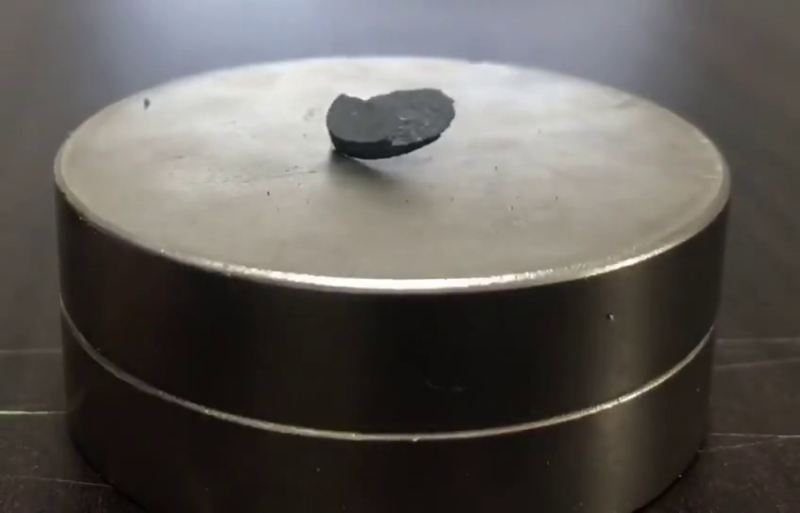
In late July, a couple of startling papers appeared on the arXiv, a repository of pre-peer-review manuscripts on topics in physics and astronomy. The papers claim to describe the synthesis of a material that is not only able to superconduct above room temperature, but also above the boiling point of water. And it does so at normal atmospheric pressures.
Instead of having to build upon years of work with exotic materials that only work under extreme conditions, the papers seem to describe a material that could be made via some relatively straightforward chemistry and would work if you set it on your desk. It was like finding a shortcut to a material that would revolutionize society.
The perfect time to write an article on those results would be when they've been confirmed by multiple labs. But these are not perfect times. Instead, rumors seem to be flying daily about possible confirmation, confusing and contradictory results, and informed discussions of why this material either should or shouldn't work.
In this article, we'll explain where things stand and why getting to a place of clarity will be challenging, even if these claims are right.
What’s the original claim?
The more detailed of the two manuscripts describes how to make the material and measurements of its property. The material itself is a variation of a well-known chemical called lead apatite. Apatites are a class of chemicals that form similar crystal structures; this particular version is primarily composed of lead and phosphate groups—all of its constituents are cheap and readily available.
The version developed here, which has been termed LK-99, was made by reacting a lead sulfate with a copper-phosphorus compound (the reaction requires high temperatures for over a day under a vacuum). This strips the phosphorus from the copper, oxidizes it, and allows it to displace the sulfur from its compound with the lead. Critically, though, some fraction of the lead itself ends up replaced by copper in the resulting compound.
This has a significant impact on the apatite crystal structure because copper is quite a bit smaller than lead. The researchers claim the overall volume of the sample drops by about half of a percentage as a result, and that change is accompanied by shifts in the orientation of various atoms and bonds. That means changes in where the electrons reside within the material.
That change appears to be critical to the LK-99's behavior. Superconductivity is associated with a number of very specific properties, and the researchers measure two of them: the expulsion of magnetic field lines (called the Meissner effect) and the existence of a critical temperature at which conductivity changes.
It's hard to explain just how strange these experiments are. Under normal circumstances, the superconducting material starts out behaving as a normal chemical and has to be cooled down to the critical point where exceptional behavior emerges. LK-99, by contrast, starts out superconducting and has to be heated beyond the boiling point of water to reach its critical temperature.
The only somewhat strange result here comes at temperatures just below the critical temperature. At room temperature and above, the resistance of LK-99 remains at zero as far as the testing equipment is able to measure. But it starts to rise ever so slightly once temperatures reach 60°C and displays a smooth upward slope until the sample hits 90°C, at which point it stays flat until the critical temperature is reached. The researchers did not attempt to explain this.
reader comments
87 with